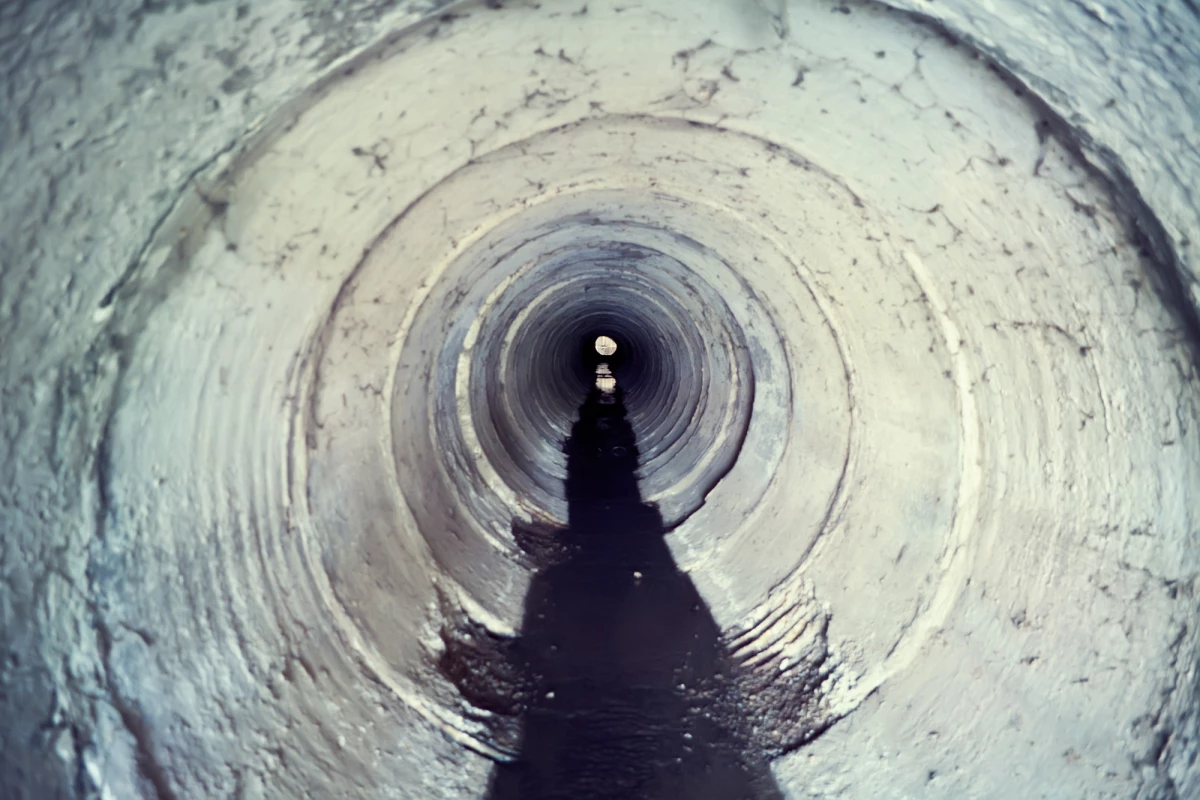Concrete sewage pipes lead a hard life, constantly being exposed to corrosive acid produced by bacteria in wastewater. A new additive could allow such concrete to self-heal – and it would do so using water treatment sludge.
Developed at the University of South Australia by a team led by Prof. Yan Zhuge, the additive takes the form of microcapsules filled with a mixture of calcium hydroxide powder and alum sludge, the latter of which is a byproduct generated by water treatment plants. Ordinarily, that sludge just ends up being dumped in landfills.
Plans call for the capsules to be added to wet concrete in the final stages of mixing, when casting sections of sewage pipe.
As long as the resulting cured concrete pipe remains intact, so will all the capsules. If acids in the wastewater build up in one area and cause the concrete to crack, however, the acid-sensitive shells of the capsules in that area will rupture in response to the drop in pH, releasing their contents.
When the silicon dioxide and aluminum oxide in the sludge then mix with the calcium hydroxide in the presence of water, the mixture will form a solid gel that immediately fills the crack. Additionally, over time, the calcium hydroxide will carbonize to form solid calcium carbonate, providing a longer-term repair.
Zhuge tells us that her team is still determining how much of the healing agents are released in each incident, which will in turn allow the scientists to determine how often the healing procedure can occur in one location.
"Improving the concrete mixture design is the preferred method for controlling microbially induced corrosion. Using self-healing concrete that can seal cracks by itself without any human intervention is the solution," she says. "We are confident this novel self-healing concrete based on advance composite technology will address issues of sewer pipe corrosion and sludge disposal in one hit."
Source: University of South Australia




